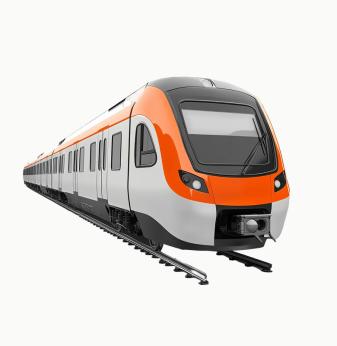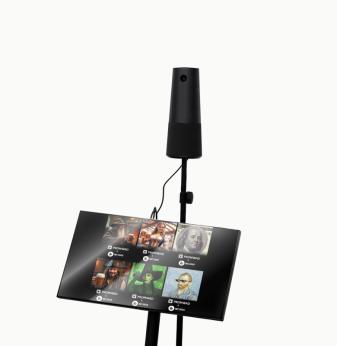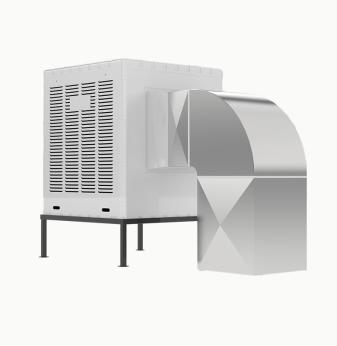Choosing the Right AI/ML Framework for Your Embedded Product

Introduction: AI in Embedded Systems — The Framework Makes the Difference
AI/ML is no longer just for data centers — it’s increasingly deployed at the edge. From wearables and smart cameras to predictive maintenance and autonomous machines, embedded AI enables intelligent decision-making without cloud latency.
But the success of your embedded AI solution hinges on choosing the right framework — one that balances performance, memory footprint, toolchain integration, and hardware compatibility.
This guide explores leading AI/ML frameworks for embedded systems and helps you align them with your technical and business needs.
1. Key Criteria When Selecting an Embedded AI Framework
| Factor | Why It Matters |
| Model Size & Footprint | Affects memory, battery life, and real-time response |
| Hardware Compatibility | Determines supported MCUs, NPUs, DSPs |
| Training Pipeline | Impacts workflow and team skill alignment |
| Deployment Workflow | Should support CI/CD, OTA, edge model updates |
| Community & Support | Critical for debugging and future scaling |
2. Top Frameworks Compared
| Framework | Best For | Hardware Support | Notes |
| TensorFlow Lite | General purpose, fast inference | ARM Cortex-M, EdgeTPU, NXP | Large ecosystem, model converter tools |
| Edge Impulse | End-to-end ML ops for edge | STM32, Nordic, Renesas, Sony | Great for sensor processing, UI-based |
| TinyML (uTensor) | Ultra-low-power MCUs | Cortex-M, Arduino, Ambiq | Optimized for small models & inference |
| TVM | Model compilation & optimization | Versatile: GPU, MCU, ASIC | Flexible, supports auto-tuning |
| CMSIS-NN | Efficient neural nets for ARM | ARM Cortex-M MCUs | Lightweight, great for simple models |
3. Application-Based Recommendations
| Use Case | Suggested Framework(s) | Why |
| Audio classification (wake word) | Edge Impulse, TensorFlow Lite | Built-in DSP, real-time pipeline |
| Smart wearables | TinyML, CMSIS-NN | Low power, efficient models |
| Industrial predictive maintenance | Edge Impulse, TVM | Edge data processing, OTA support |
| Embedded vision (object detect) | TensorFlow Lite, TVM | GPU/NPU support, optimized models |
| Gesture or motion recognition | Edge Impulse, uTensor | Sensor fusion tools, low-latency |
4. Framework Integration in Embedded Projects
To streamline development and reduce risk:
- Start with open datasets and pre-trained models
- Use model quantization (int8) to reduce memory footprint
- Simulate model behavior on PC before embedded deployment
- Use containerized build environments for reproducibility
Promwad supports clients with edge AI architecture, model porting, and framework/toolchain integration — ensuring a seamless fit for resource-constrained environments.
5. Optimization Techniques for Embedded AI Models
Choosing the right framework is only half the battle — effective deployment of AI models at the edge requires optimization to meet tight constraints.
Top optimization techniques:
- Quantization: Reduces model size and computation requirements by converting weights from float32 to int8 or int16.
- Pruning: Eliminates unnecessary neurons and layers while maintaining acceptable accuracy.
- Knowledge Distillation: Trains a smaller “student” model to replicate the behavior of a larger “teacher” model.
- Hardware Acceleration: Leverage DSPs, NPUs, or vector extensions (like Arm Helium) when supported by your framework.
- Model Compiler Integration: Tools like Apache TVM and Glow can further optimize models by compiling directly to target architecture.
Embedded-specific notes:
- Watch out for RAM/flash usage spikes caused by model input/output shapes.
- Use frameworks that support streaming inference, especially for audio or time-series data.
- Benchmark end-to-end latency on real hardware, not just PC-based simulations.
6. Long-Term Maintenance and Lifecycle Planning
AI frameworks evolve — and so do your embedded devices. Building for long-term maintainability ensures your product doesn't get stuck with unsupported tools.
Considerations:
- Use open-source frameworks with active communities and transparent roadmaps.
- Select platforms with version locking or LTS (long-term support) options.
- Document model inputs, training pipelines, and evaluation metrics clearly for future audits.
- Plan for secure OTA model updates if your system will need retraining in the field.
As edge AI adoption accelerates, many companies move toward MLOps practices tailored for embedded environments, combining CI/CD pipelines with on-device model validation.

Final Thoughts: Align Frameworks With Your Embedded Goals
There’s no one-size-fits-all framework for embedded AI. The best choice depends on your device constraints, hardware platform, team experience, and target application.
Promwad helps embedded teams go from idea to deployed AI product — selecting the right tools, models, and infrastructure for scalable edge intelligence.
Let’s build your next smart device — with the right AI foundation.
Our Case Studies








